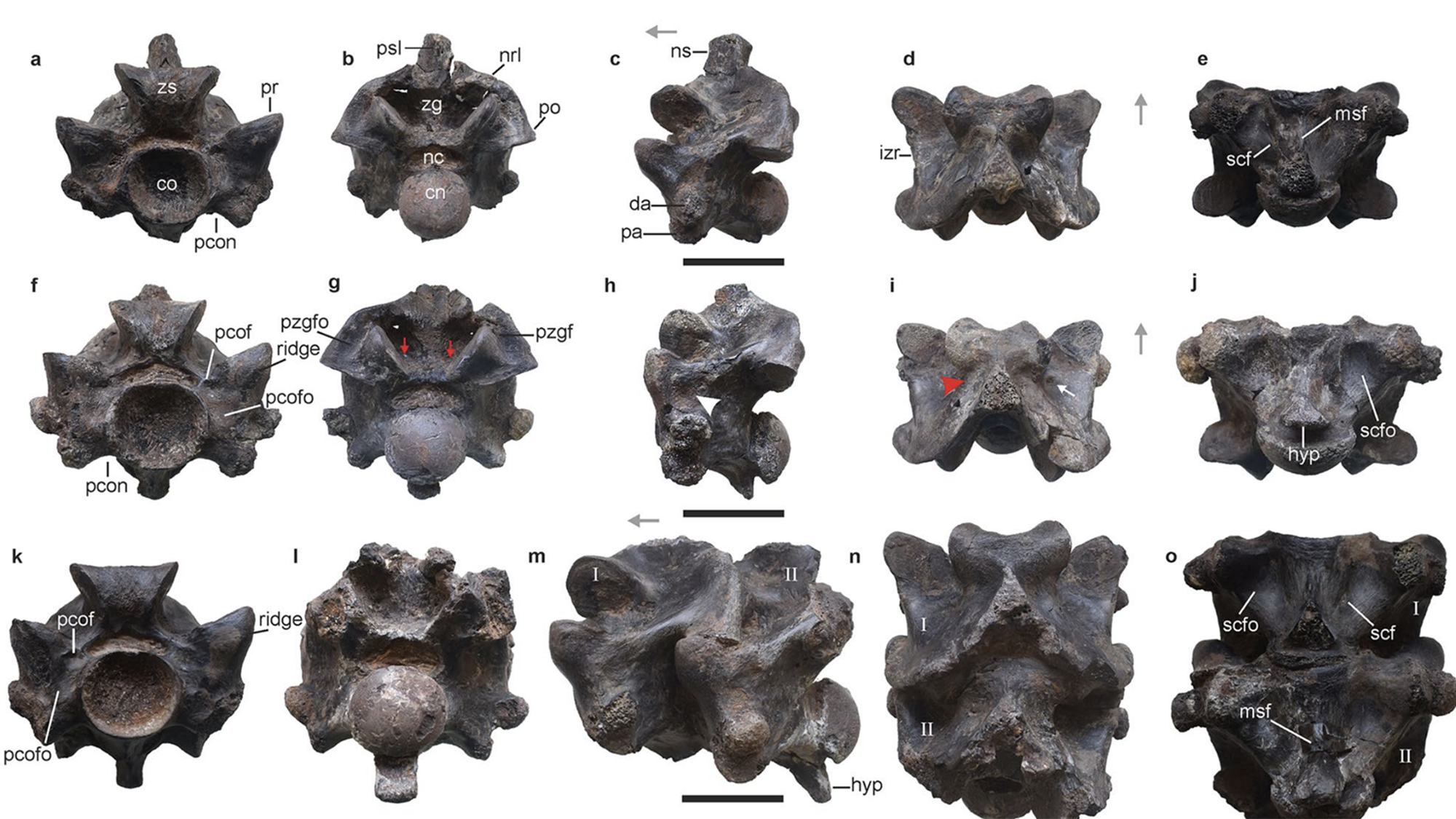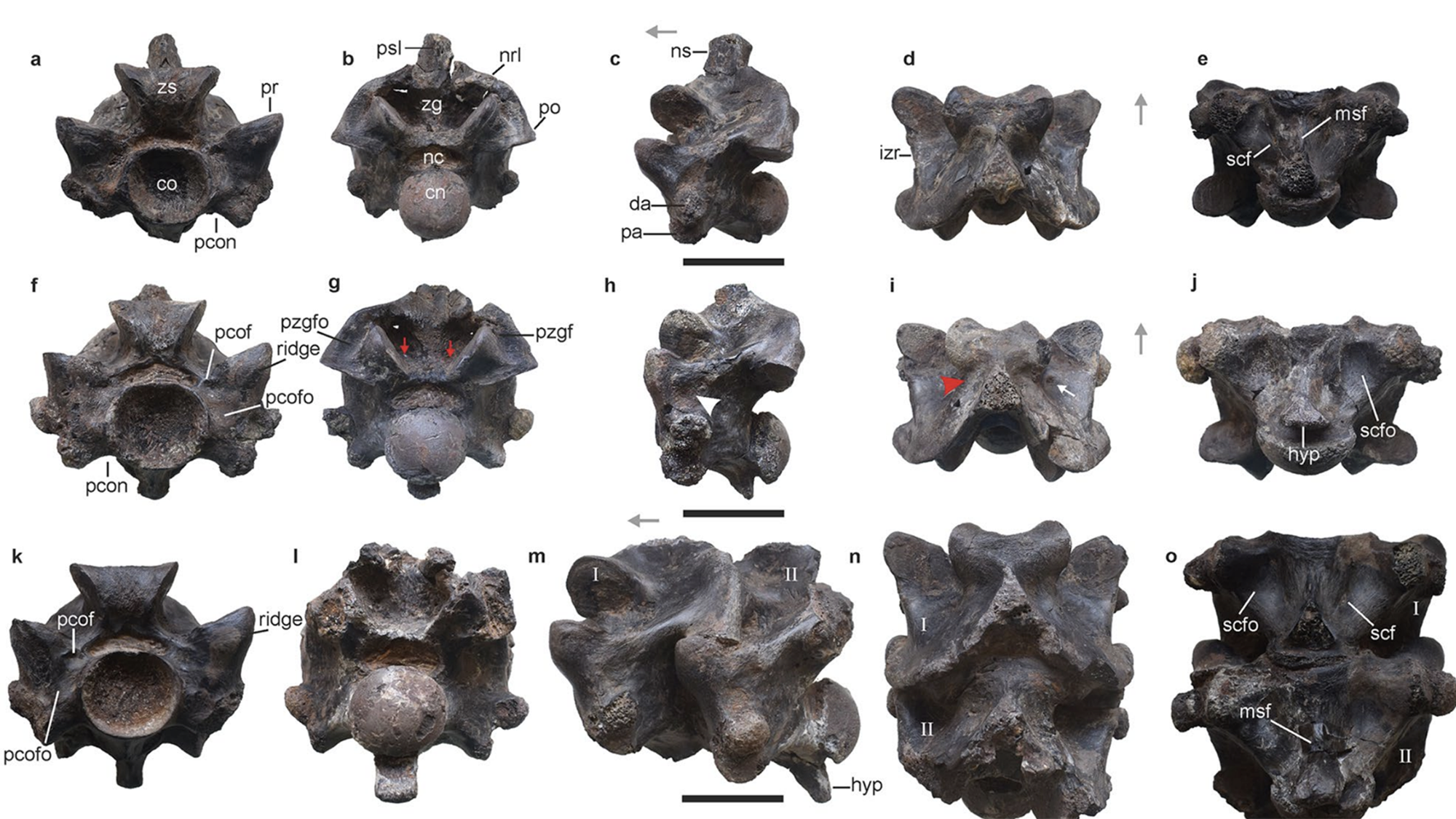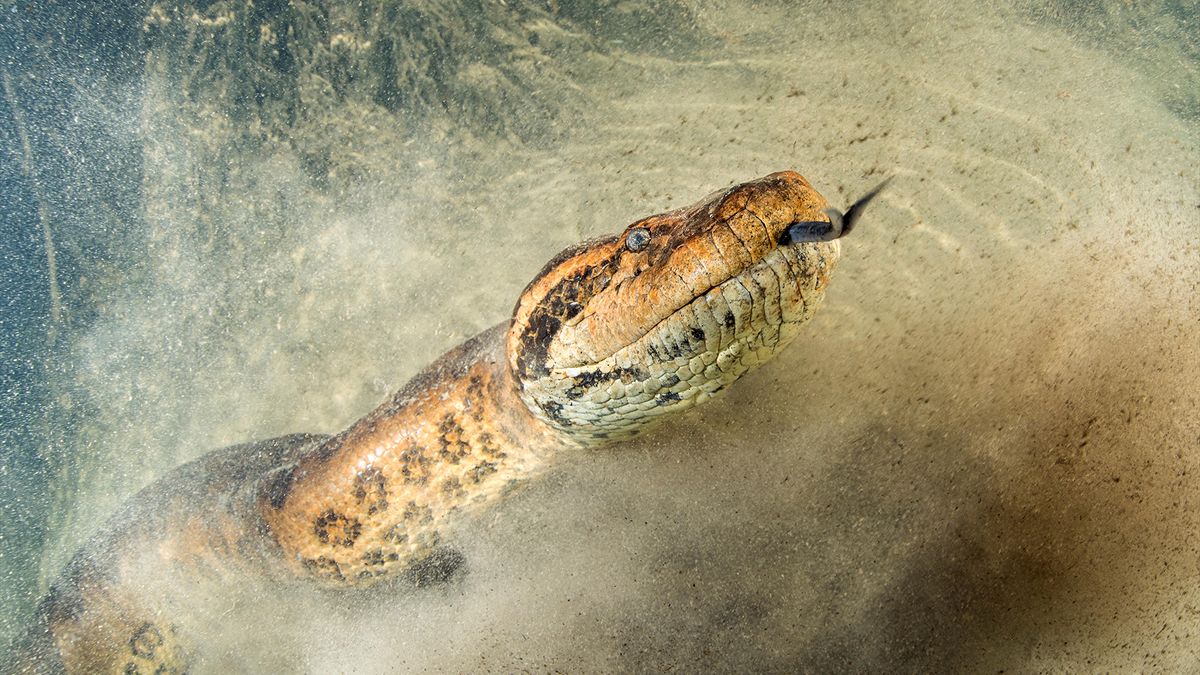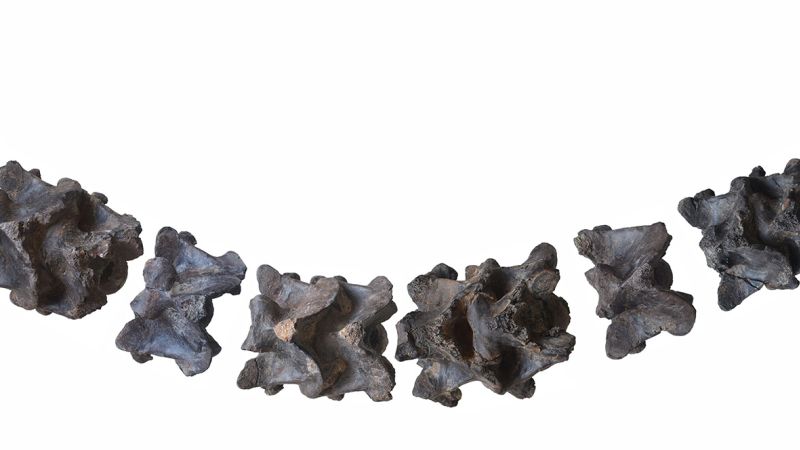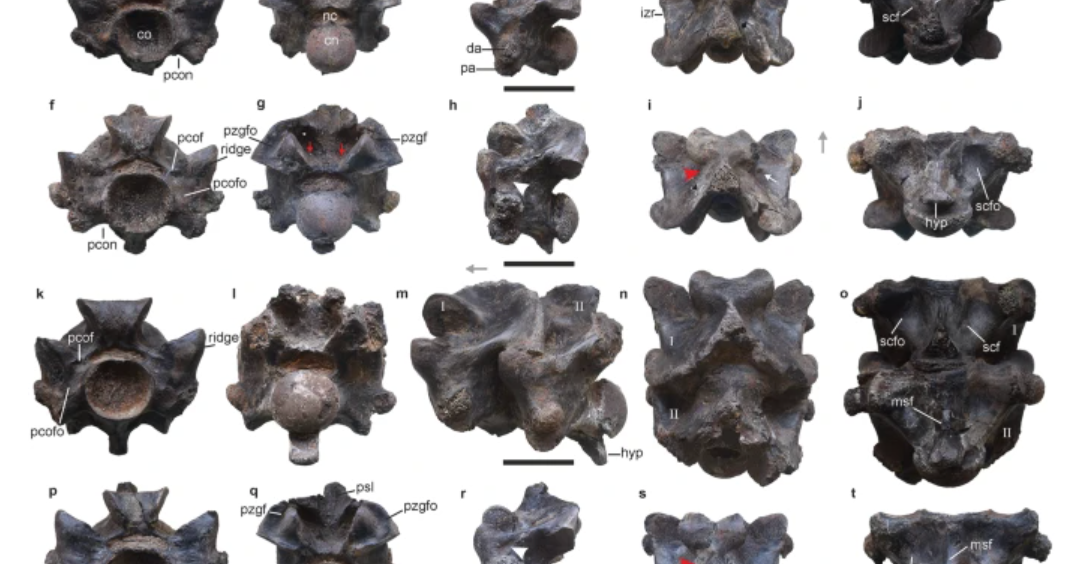
In a groundbreaking discovery, researchers have unearthed the fossilized remains of an extinct snake species named Vasuki indicus in India. This giant serpent is believed to have lived around 47 million years ago and is estimated to have grown up to 50 feet long, making it one of the largest snakes ever discovered.
The discovery was made at the Panandhro Lignite Mine in Gujarat state, where researchers initially mistook the fossilized remains for those of an ancient crocodile-like creature. However, upon further analysis, they identified them as belonging to Vasuki indicus.
Vasuki indicus is a member of the Madtsoiidae family and is distantly related to present-day snakes such as pythons and anacondas. The snake likely lived in a warm climate with an average temperature of around 82 degrees Fahrenheit (28 degrees Celsius).
The researchers identified the snake by analyzing 27 vertebrae found in the fossilized remains. These vertebrae were broad and cylindrical, indicating that Vasuki indicus had a large body size.
Vasuki indicus was likely an ambush predator that subdued its prey by constriction or squeezing them to death. Its diet is not yet fully understood, but researchers believe it may have preyed upon ray fish, bony fish, turtles, crocodilians, and even primitive whales.
The discovery of Vasuki indicus sheds new light on the diversity of ancient snake species and contributes to our understanding of the evolutionary history of snakes. The researchers hope to analyze the fossils further for their carbon and oxygen content to reveal more about the snake's diet and habitat.

